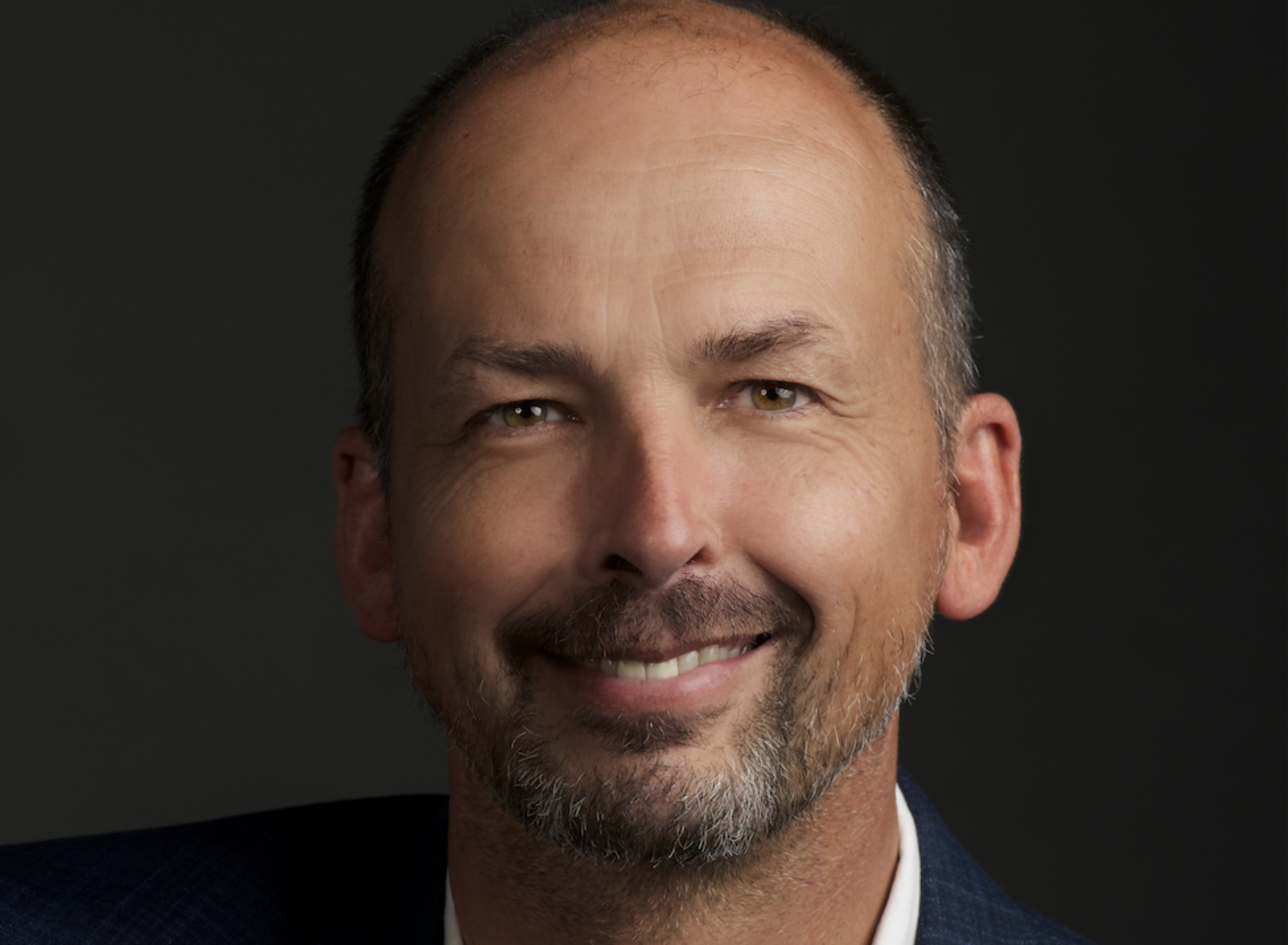Don’t we live in an amazing time. Initiatives that once would have required careful institutional authority, extensive deliberation, and massive coordination and management can now be accomplished by most anyone, and with immense speed through utterly simple actions. Let me refine that. If not “accomplished,” “offered.” It is quite a thing to see offerings picked up at sometimes massive levels of scale.
Consider Charlie Simpson, or “Little Charlie Simpson” as he is referenced in the news broadcast I saw. Charlie is seven years old. He lives in Britain. He had been watching news coverage of the Haiti earthquake and the need for help. This darling little boy knew he needed to help. His offering — a “peddle power” ride around the park, perhaps sponsored by some friends and family that might earn him £10 to offer to the people of Haiti. His mom helped him to create a sponsor form. They decided to put it online. Friends and family helped, and, they sent it along to others. It went viral. Beyond institutions and managed strategic plans. LIttle Charlie has now surpassed £100,000 in sponsorships.
At one level, this is a feel-good story. Not every cute seven year-old will be so successful. But some are. And couldn’t have been at anywhere near this scale in years gone by. Similarly, not every community organizer or system reformer will succeed in convening a movement for a good cause. But some will. And in ways that weren’t possible before. In broad issues of healthcare and wellness or education. And in local issues like establishing community gardens or ecovillages.
Why?
Charlie and his mom, perhaps unknowingly, were hacking into a system. Rather than waiting for someone else to do something, they offered what they could. Or they offered what was in front of them. Rather than deliberating for months or years on a strategy, they started with the step in front of them. They didn’t design a movement. Their offering, and the amplified feedback loops, created a movement. No grants were written. Funds and support were crowd-sourced. Charlie and his mom, again perhaps unknowingly, worked from principles of self-organization. They offered what I know from my Open Space colleagues to work from passion and responsibility. And from a living systems perspective, they offered the beauty of redundance. A spark of life that, even though it already existed in the system and could well have been ignored, ignited a mass movement.
These kind of stories are coming more and more to the forefront as how we get things done. I don’t suggest a complete letting go of grander, coordinated efforts. Yes, keep doing that. To create enough of a container for coordinated action. But let’s not lose site of this crowd-sourcing. Self-organization. Starting where you are. Offering what you can. These are approaches for all of us that give hope. For those of us who recognize the need for movements, this is all encouraging news. For more information on such approaches, Clay Shirky is one that I’ve found helpful.
